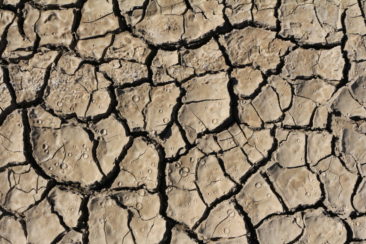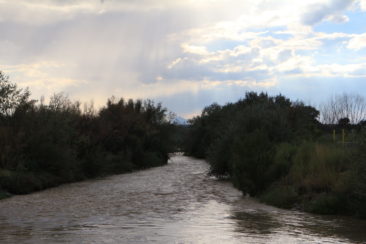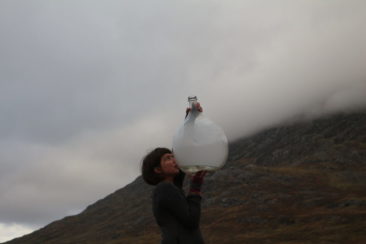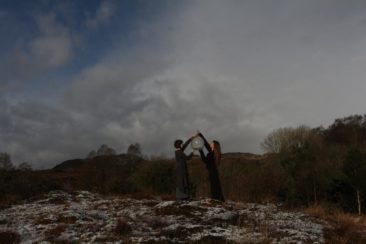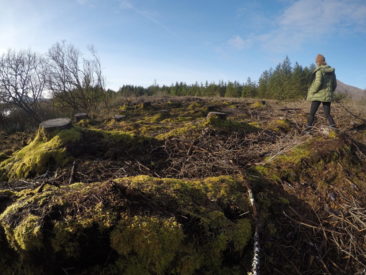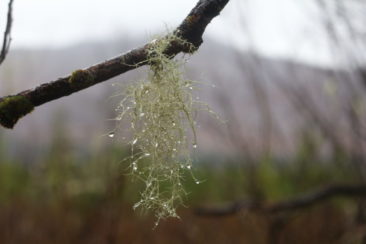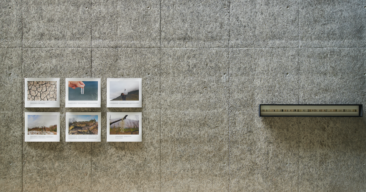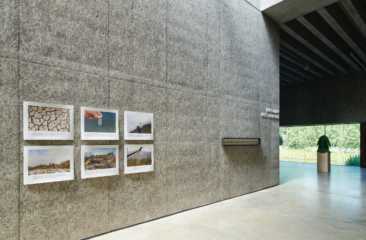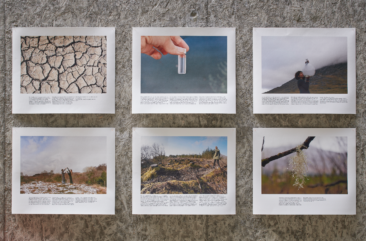2016 – 2019 with Kaitlin Bryson out of her element in the bog as I was out of my element in the desert.
http://sfai.org/residencies/current-residents/
https://landarts.unm.edu
https://interfaceinagh.com/product/from-dream-to-dream-where-science-meets-art/
The Remedy Clouds are offerings made to the sky, precipitated from intentions of healing damaged lands, psyches, and bodies. The damages that these gestures seek to enfold are those accrued from extractive industries, deforestation, monocropping, systemic racism and environmental injustice, and pollution. This work accumulates from two very different places and from two artists but is joined together through water: the connecting force that binds us all together and moves within all beings.
In January 2018, we joined at Interface to make restorative artwork that would span vast distances – particularly with the intention of reaching the American Southwest.
We met in fall of 2016 during our concurrent residencies with the Land Arts of the American West Program, as part of the University of New Mexico’s Art & Ecology Program. During this time the artists of Land Arts were staying in Navajo Nation and having the great fortune of getting to work with and learn from indigenous elders and educators. While there, we learned of an environmental catastrophe that occurred in August of 2015, when workers from the US Environmental Protection Agency mistakenly punctured a holding tank of mine tailings at the Gold King Mine in Silverton, Colorado releasing over 3 million gallons of toxic waste into the Animas River, a tributary of the San Juan River that runs through Navajo Nation and nourises all aspects of life. The spill greatly impacted the environment as the released waste contained thousands of pounds of dangerous and highly toxic heavy metals. Furthermore, this impact was felt deeply by the indigenous, local Diné people who not only rely on the San Juan River water for drinking and crop irrigation, but also view water as a living being integral to their community and way of life. As farms went fallow and losses accrued on the Navajo Nation, their very spiritual belief system and worldview was compromised because they were not able to use water from the river.
This tragedy exponentially continued through the lack of response from the government to repair or even acknowledge this catastrophe. When aid was finally sent into the areas, it was done in hasty, harmful, and disrespectful manners. For instance, when relief efforts sent water into the communities it was brought in trucks that normally carried fracked oil. Very little was done to remediate the damages.
Learning about these environmental injustices left seismic impressions in both of us. After many discussions we made plans to collaborate thinking of how our combined work could inform others of these injustices and also engage in healing gestures that carried potentials to ripple outward.
We joined one another at Interface to begin working at this task. On the way to the residency, we noticed there were a number of felled Sitka spruce trees which revealed a small pond/lake. Roughly 11% of Ireland’s land is forested as State plants Sitka spruce at the expense of indigenous trees. In 2018, Coillte, a state-owned, commercial Irish forestry business, used a large amount of active ingredient glyphosate across over 28,000 hectares of planting. Subsided spruce plantations cover vast tracts of the Irish countryside. The monoculture disallows any understory of growth to take hold, making it dark and dead within the forests. Furthermore, Coillte does not offset carbon emissions and are subsequently polluting the environment and driving bird species to extinction. These plantations are on lands that are considered marginal by some: wetlands, bogs, poor, acidic soils. The monoculture planting of Sitka Spruce is destroying the landscape, protected habitats and environment and the eco systems of land, rivers and lakes. The use of phosphorus and nitrogen through aerial fertilization and toxic chemicals being sprayed on the trees and landscape to kill the pine weevil is also killing other organisms, animals and insects, including the bees and finding its way into the water systems.
The work began to take form through conversations taking place through walking the Connemara landscape in the wintery depths. While walking, we were struck by the similarities of the very contrasting environments of the American Southwest, and the Irish west. Although these places could not be more different, the extremities of the two worlds are akin to one another. In the deserts of the southwest, sparse plant life exists due to the lack of water and highly alkaline, or basic soil. In the bogs of Ireland, a similar phenomenon can be observed due to high amounts of water and the very acidic soil composition. At once, each place is overwhelmingly vast, containing a type of infiniteness that might only be found in deep emptiness. It was here in this liminal space of extremities that we began thinking of how these distances might be spanned. How could healing begin here with the Sitka forests and extend outward to the American Southwest?
San Juan Essence: For deep physical pain which comes from the polluted waters in all its forms, the pain of watching one’s water source become polluted, the pain one would feel after drinking it or washing in it. Its strong heart-based medicine helps release your fears, which is sometimes disguised as toxic emotions like anger, or resentment.
Cedar Essence: Hope embodied. It is an essence of transformation to be used on the land as well as for people. It helps to lift off dark and heavy thoughts and feelings and to bring a lightness to your being. It is also for those to listen but do not hear. It is a spinal essence for ascending energy and brings structural support to the body as well the soil.
Birch Polypore Essence: Immunity, vitality, strength and resistance
Usnea Essence: Depression, apnea, inability to speak
The answer could be found in looking up. In the Irish winters, the sky is filled with nimbostratus clouds, a species of clouds that form a thick sheet of ice crystals making for low visibility and dropping raid readily. As our time spent at Interface was in January, most of the time we were submerged in a cloud, always under a damp, milky white sky. The clouds moved very quickly, and we could easily observe the movement of water above us. The weather, and specifically the clouds, were hard to ignore and rather than look past this obstacle, we began to consider the potentiality of the clouds.
Interested in their shapes and movement as means of transportation, we worked with clouds as containers of potentials carrying water and its history throughout the globe without borders or limitations. Clouds became the link between New Mexico and Ireland.
To make these accumulations, high-and-low-pressure systems were created inside the flasks with cold and hot water, smoke and suction. As the ephemeral clouds built up, we carried the clouds with intentions into the landscape and released the vapor into the vast expanse.
